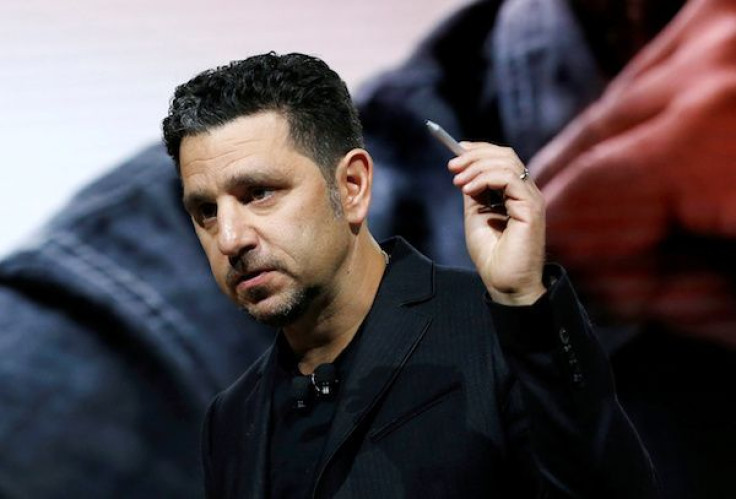Microsoft’s Next-Gen Surface Pen Doesn’t Need To Be Recharged — Here’s Why

It seems Microsoft is preparing a new Surface Pen — one that doesn’t need to be recharged to keep on working.
Earlier this week, Digital Trends spotted a patent that was filed by Microsoft and published by the United States Patent and Trademark Office. The patent is reportedly hinting at a solar-powered stylus that does not need recharging or battery replacements.
The patent was filed toward the end of 2016, so this means Microsoft has long thought about making such a version of a digital stylus. Given that the patent has now been published, then it’s very likely that the documentation is for an upcoming Surface Pen.
The newly published patent details an interesting feature that could launch with the next-generation Surface Pen. The documentation mentions solar power; however, instead of relying on sunlight for energy, the accessory will get its energy from external sources.
What Microsoft is preparing will get energy from nearby displays through a light collecting mechanism. Near the tip of the stylus is a small part that’s responsible for collecting light emitted by displays. The light is then sent to a solar panel array inside the pen via fiber optic cables, Windows Central has learned.
“The stylus collects light during interaction with the touchscreen, while the stylus is in close proximity to the touchscreen,” a part of the patent read. “Due to the close proximity of the stylus to the touchscreen during harvesting, the intensity of light that is collected from the electronic display is significantly higher than intensity from ambient lighting in a room or from outdoor lighting. The higher intensity light may lead to harvesting at a faster rate.”
This wouldn’t be the first time a patent for an alleged Surface Pen surfaced online. Neowin says there were other patents about the writing peripheral. For instance, there’s a patent for touch-sensitive retention, and there’s also one for haptic feedback.
© Copyright IBTimes 2024. All rights reserved.











